What’s Flying Now in New Jersey
July
By Wade and Sharon Wander
This feature is a general planning guide to what time of year to look for different species of butterflies in North Jersey and is designed for the beginning and novice butterflier. For daily updates on what is being seen and where, check out the NJ Butterfly Club sightings page and the South Jersey Butterfly Log. And you can’t do better than getting out in the field with the local experts in our club.
Butterfly diversity in NJ reaches its peak in the second half of July thanks primarily to those hard-to-identify grass-skippers. We have previously discussed those species of grass-skippers that emerge in May and others that emerge in June. By July some that are single-brooded like Hobomok, Dusted, Pepper and Salt, Cobweb, and European Skippers are mostly gone and won’t be seen again until next spring. But the big show is just starting with the emergence of Delaware, Mulberry Wing, Black Dash, Broad-winged, and Dion skippers, adding to those that emerged in June and are still flying: Least, Crossline, Swarthy, Northern Broken-Dash, and Dun skippers. So this is the time to check out Sharon’s guide to identifying open-winged grass-skippers.
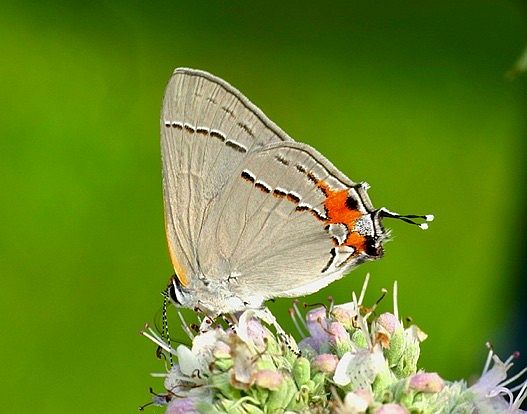
Gray Hairstreak
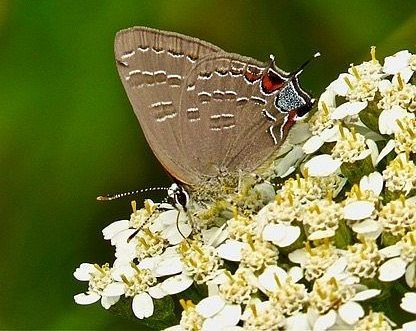
Banded Hairstreak
Another group that peaks in mid-summer is the hairstreaks—butterflies that seem to exude charisma despite being only the size of your thumbnail! With a bit of luck and keen observation, as many as 10 species may be found in North Jersey in July by carefully examining clumps of blooming Common Milkweed and Indianhemp (best near woods with oak trees)— and not just the flowers but the leaves as well, on which many ‘streaks perch while taking time out from nectaring.
Other species to watch out for are the rare Bronze Copper, Harvester, Common Buckeye, Baltimore Checkerspot, Hackberry and Tawny emperors, Northern Pearly-eye, Eyed and Appalachian browns, Common Wood-Nymph, Viceroy, Horace’s Duskywing, Common Checkered-Skipper, and newly emerged swallowtails, Eastern Commas, Question Marks, Mourning Cloaks, and American Ladies.
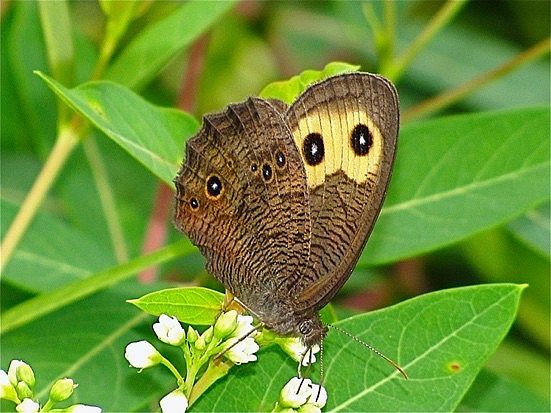
Common Wood-Nymph
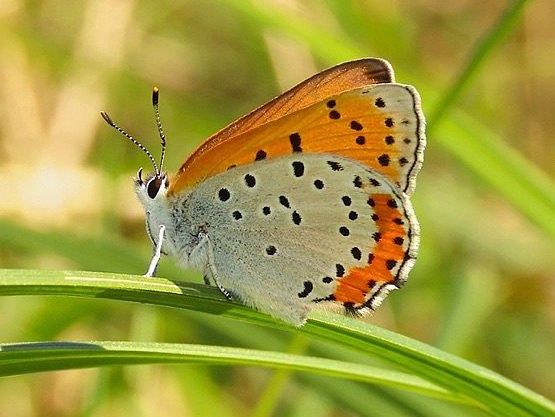
Bronze Copper
Be sure to visit fields with blooming Wild Bergamot (Monarda fistulosa), which reaches peak bloom in mid- to late July. The numbers of swallowtails flitting from flower to flower can be spectacular. Good places to witness this include Kittatinny Valley State Park and Whittingham Wildlife Management Area in Sussex County; White Lake Natural Area, Pequest Wildlife Management Area, and Merrill Creek Reservoir in Warren County; Clinton Wildlife Management Area in Hunterdon County; and Black River Wildlife Management Area in Morris County.
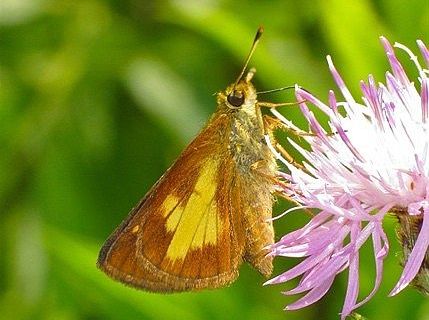
Mulberry Wing
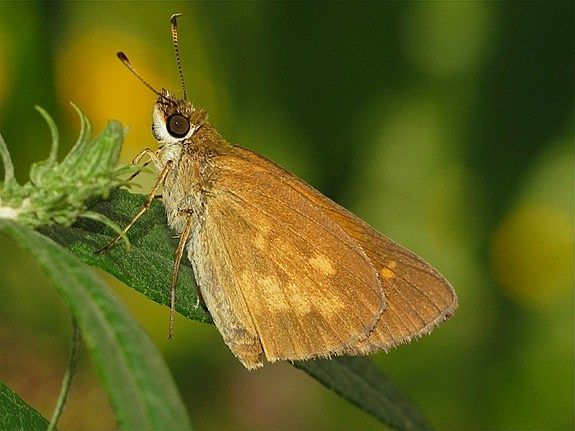
Broad-winged Skipper
Whether this is your first year as a butterflier or the latest of many, no matter how often one may have seen a given species in the past, it is always exciting to encounter the first-of-year (FOY) individual!
Just a few other things to bear in mind while searching for butterflies:
- Most species emerge earlier in Monmouth and Mercer counties, for example, than at the higher elevations of the colder northern counties.
- Year-to-year variation in species abundance is to be expected. For example, some years Red Admiral or Painted Lady may be common or even abundant and other years decidedly uncommon.
- Lastly, do not enter private property without permission from the owner lest we butterfliers become unwelcome. In these situations, please conduct your observations from the edges of public roads.
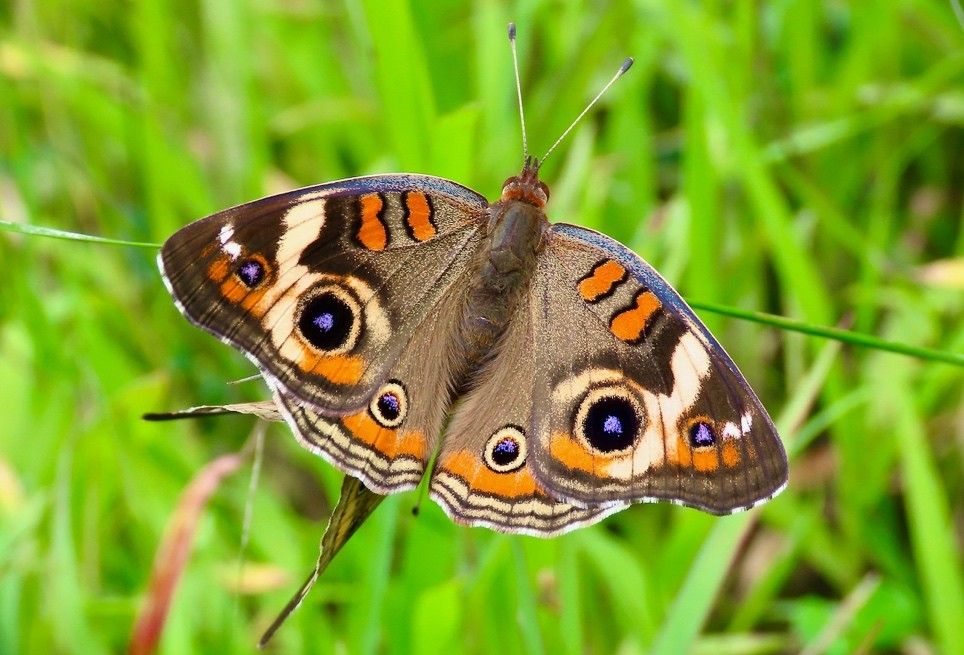
Common Buckeye